
Description
Platter’s Diary: Sherman’s March and the End of the Civil War
Timeline of Events (Based on “Civil War: Sherman’s March – Platter Diary”)
- November 10, 1864: Lieutenant Cornelius C. Platter of the 81st Ohio Infantry Volunteers begins keeping a diary.
- November 12, 1864: Major General William Tecumseh Sherman orders the continuation of his Union Army’s march through Georgia, commencing the Savannah Campaign, also known as Sherman’s March to the Sea. The army moves from Rome, Georgia, towards Savannah. Sherman cuts off his supply lines, intending for his troops to live off the land.
- November – December 1864: Sherman’s troops march across Georgia on a path approximately 300 miles long and 60 miles wide. They destroy factories, bridges, railroads, and public buildings. Platter’s diary chronicles these events, noting dates, times, weather, march durations, local scenery, camp rumors, ration status, and troop morale. He observes the destruction in Atlanta.
- Late December 1864: Sherman’s army reaches and takes Savannah, Georgia.
- January 17, 1865: Sherman orders his troops into South Carolina.
- Approximately one month later (Mid-February 1865): Columbia, South Carolina, the state capital, falls under Sherman’s control and is burned. Platter records his observations of this event.
- Spring 1865: Sherman’s forces continue to march north through the Carolinas, approaching Raleigh, North Carolina.
- April 1865 (Specific date not mentioned): The Civil War ends. Platter records the reaction to the news of Confederate surrender.
- April 1865 (Specific date not mentioned): President Abraham Lincoln is assassinated. Platter notes the reaction to this event in his diary.
- April 27, 1865: Lieutenant Cornelius C. Platter makes his final diary entry.
Cast of Characters and Brief Bios
- Cornelius C. Platter: A Lieutenant in the 81st Ohio Infantry Volunteers. He is the author of the diary that is the primary source material. His diary entries, spanning from November 10, 1864, to April 27, 1865, provide firsthand accounts of Sherman’s March to the Sea and the subsequent campaign through the Carolinas. He details daily life, events, observations of destruction, troop morale, and reactions to significant events like the Confederate surrender and Lincoln’s assassination.
- William Tecumseh Sherman: A Major General in the Union Army. He is the commanding officer responsible for the Atlanta Campaign and the subsequent “March to the Sea” (Savannah Campaign) and the campaign through the Carolinas. His strategy involved operating deep within Confederate territory without traditional supply lines, aiming to destroy the South’s infrastructure and will to wage war.
- Abraham Lincoln: The President of the United States during the Civil War. While not directly involved in the military campaigns described in the diary, his assassination in April 1865 is a significant event recorded in Platter’s diary, highlighting its impact on the Union soldiers.
- David J. Eicher: A Civil War historian and author of “The Longest Night: A Military History of the Civil War.” His quote in the provided text describes Sherman’s unconventional military strategy during the March to the Sea and its impact.
- Herman Hattaway and Archer Jones: Historians and authors of “How the North Won: A Military History of the Civil War.” Their assessment of Sherman’s raid emphasizes the significant damage inflicted on the Confederate railroad system and logistics, contributing to the Union victory.
Civil War: Sherman’s March – Platter Diary
368 pages of the Civil War era Sherman’s March/Platter diary. 184 pages of handwritten diary entries and 184 pages of text transcriptions.
Between November 10, 1864 to April 27, 1865, Lt. Cornelius C. Platter, of the 81st Ohio Infantry Volunteers kept a diary. The entries cover details of the actions he participated in, including Major General William Tecumseh Sherman’s Union Army’s March to the Sea.
Sherman’s March to the Sea is commonly referred to as the Savannah Campaign. Civil War historian David J. Eicher wrote in his book, “The Longest Night: A Military History of the Civil War,” that Sherman “defied military principles by operating deep within enemy territory and without lines of supply or communication. He destroyed much of the South’s potential and psychology to wage war.”
The march began two months after the end of the Atlanta Campaign. On November 12, 1864, Sherman ordered the continuation of his march through Georgia. In the course of the march, he cut himself off from his source of supplies, planning for his troops to live off the land. His men cut a path 300 miles long and 60 miles wide as they passed through Georgia, destroying factories, bridges, railroads, and public buildings.
Herman Hattaway and Archer Jones cited in their book “How the North Won: A Military History of the Civil War,” the significant damage inflicted to the railroad system and Southern logistics during the campaign, writing that, “Sherman’s raid succeeded in knocking the Confederate war effort to pieces.”
After taking Savannah, Sherman ordered his troops into South Carolina on January 17, 1865. About a month later, South Carolina’s capital, Columbia was under Sherman’s control. Sherman’s forces were approaching Raleigh, North Carolina when the war ended.
Platter’s Diary
Platter’s chronicling starts as the Union Army’s moves from Rome, Georgia to Savannah, Georgia, then march north through the Carolinas. Platter writes about the sight of destruction in Atlanta, the burning of Columbia, South Carolina, reaction to the news of Confederate surrender, and the assassination of Abraham Lincoln.
Details given by Platter includes dates and times of events, weather conditions, duration of marches, local scenery, rumors spread through camp, state of rations, and troop morale.


Related products
-
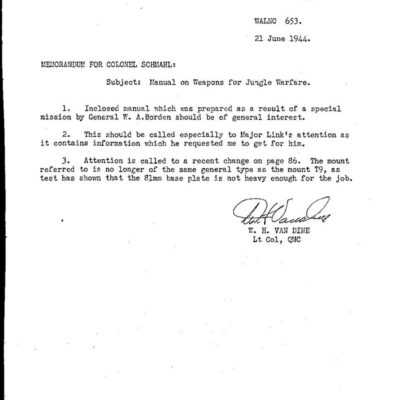

World War II Manual on Weapons for Jungle Warfare (1944)
$1.99 Add to Cart -
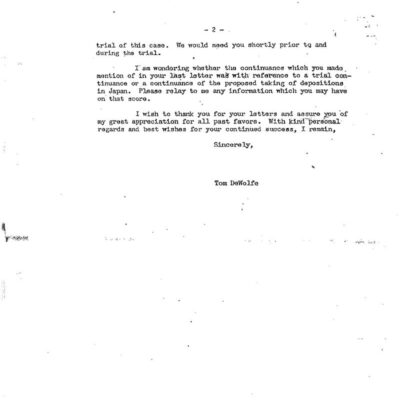
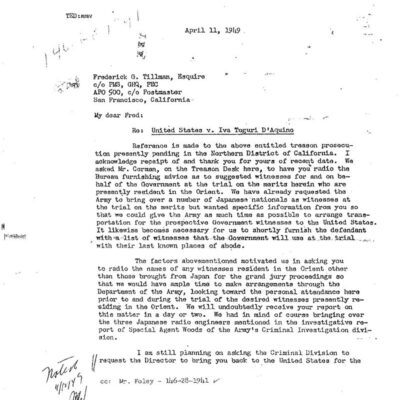
Tokyo Rose: Department of Justice Prosecution Files
$19.50 Add to Cart -
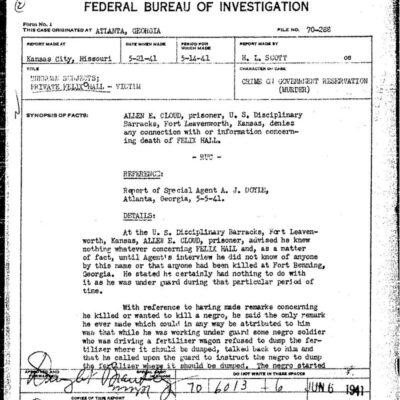

World War II: Felix Hall Lynching – FBI Files, Articles, Historical Records
$9.99 Add to Cart -
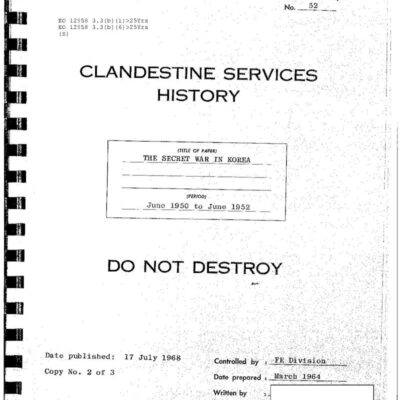

Korean War: CIA Covert Operations History – The Secret Conflict in Korea
$3.94 Add to Cart